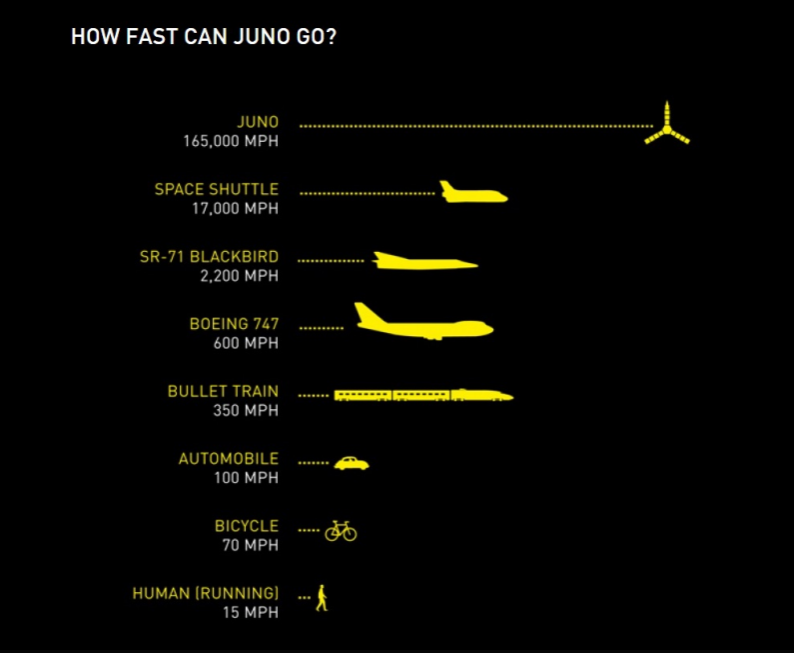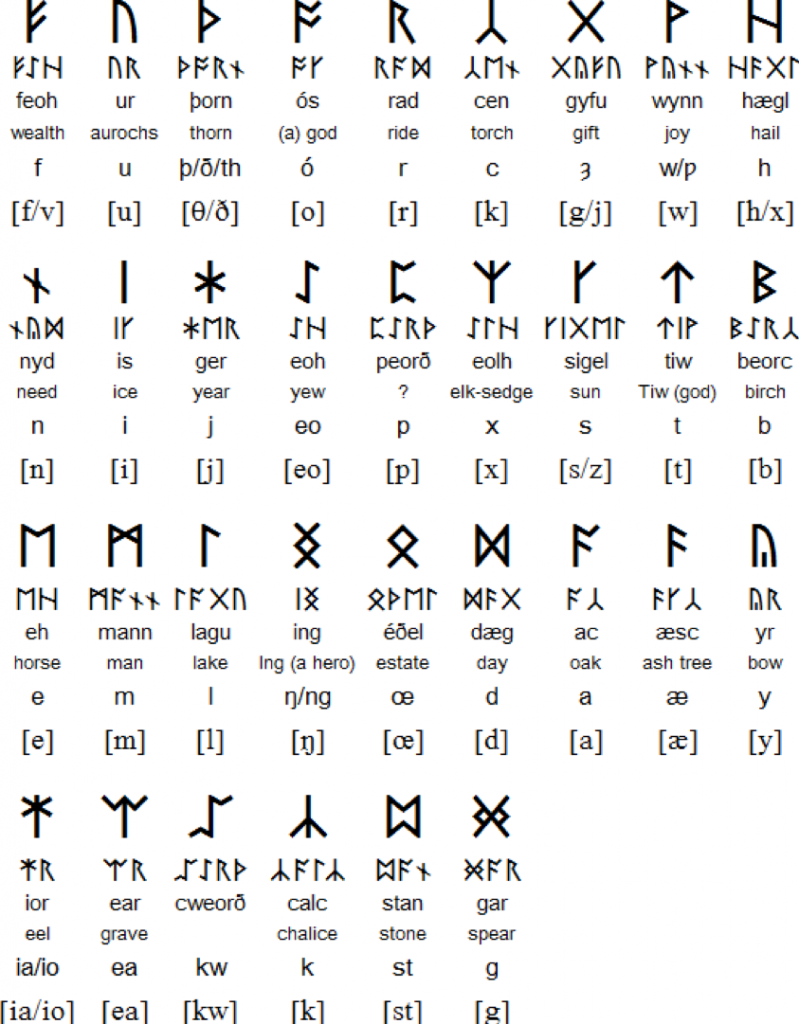We’ve collected some of the best Minecraft parodies for you today – check these out!
There has been a lot of excitement about the Juno probe this week, but what is it and what is its mission?
Juno is a spacecraft designed and operated by NASA, the US space agency. It was launched from Cape Canaveral on the 5th August 2011 and has taken almost 5 years to travel the 716 million kilometres to Jupiter, the largest planet in our solar system. Juno is 3.5 metres in height, and when its solar arrays are extended it’s more than 20 metres across. These arrays are covered in more than 18,500 solar cells, which allows Juno to operate even when it’s at such a great distance from the Sun.

(Image: NASA)
In Roman mythology Juno was the Queen of the gods. She was married to the king, Jupiter, who wasn’t always well-behaved. Juno had to peer through the clouds to discover what he was up to; the spacecraft is called Juno because it will be looking beneath the clouds that cover the surface of the planet Jupiter.
Aboard the Juno craft are 3 models of Lego minifigures: Jupiter, Juno and Galileo, who discovered in 1610 that Jupiter had moons.

From left to right: Galileo, Juno and Jupiter. (Image: NASA/JPL-Caltech/LEGO).
Jupiter is enormous; it’s two and a half times larger than all the other planets in our solar system combined. It’s made entirely of gases and is believed to have no solid surface. The planet rotates at an immense speed, completing one rotation every ten hours, and telescopes have shown us that it has a cloudy atmosphere with colourful spots and stripes. The largest of these, known as the Great Red Spot, is a storm that is several times the size of Earth and has been raging for more than 300 years.

Jupiter. The Great Red Spot is clearly visible. (Image: NASA).
This mission is the first time that humans will be able to glimpse what lies beneath Jupiter’s cloudy atmosphere. The main objective is to understand how the planet formed and evolved, which will give us more information about the formation of gas giants as well as the rest of the solar system. Juno will also measure the quantities of water and ammonia within the atmosphere, examine the magnetic field that surrounds the planet, observe any polar auroras and measure the gravity to see whether a solid core may exist after all.
For more information about the Juno mission you can watch this video from Nasa, and have a look at the Juno mission webpage.
Did you know that English hasn’t always been written using the alphabet that we know today? There have been several changes in the way we write over the centuries. We shall start by looking at the runic script. You may already have heard of runes, and perhaps you know that the term refers to some form of writing. We’ll look at runes and the early English alphabet called Futhorc.
First of all, what are runes? Contrary to what legend and hazy modern stories may tell us, runes are not magical, and they are not an exclusive part of an ancient Celtic religion or only associated with druids. Neither are they symbols of the mysterious or spiritual. It is very simple. Runes are letters.
Runic script is a system of writing that is surprisingly close to what we use today in its concept: runes are the letters in a set of alphabets (sometimes called ‘runic alphabets’). These alphabets were used to write Germanic languages. Not simply German as we know it today, but other languages in the same family. This means that it includes English. In fact, the earliest form of writing for English was runic.
The very early form of English that evolved from a language we call Proto-Germanic, which we believe gave rise to many other languages such as German, Dutch, Swedish and others, is known by the term Old English and sometimes also Anglo-Saxon. The second term reflects the names of the Germanic tribes which are believed to have formed the main group of speakers that arrived on the British Isles to displace Celtic languages. It is this early form of English, Old English, which was written in runes.
The version of runes used to write Old English is known as the Futhorc. It was developed from the older system of runes used to write other, earlier West Germanic languages, known as the Futhark (fuþark). This Futhark consisted of 24 runes, and the early English speakers found it necessary to expand that and add extra runes to reflect the changes in pronunciation, or the sounds that gradually became part of the language.
They started by adding two extra runes, and this gradually increased until the Futhorc consisted of as many as 33 runes, or letters. You may be thinking that this is rather a lot – but then consider that our modern alphabet uses combinations of more than one letter in order to represent one sound, such as ‘th’ or ‘sh’ and so on. The Futhorc has a separate letter, the thorn þ, to represent ‘th’.
Now, in modern English, we use the Latin alphabet with a few modifications to write our language. The Latin alphabet was first adapted from the Etruscan alphabet, which was in turn derived from the Greek alphabet, and this is where we get its name from.
We call it ‘alphabet’ from the first two letters, A and B, which in Greek are alpha and beta: alphabet. So what about this ancient runic system? Where does the name ‘futhorc’ come from?
There is nothing mysterious about it. It is not an arcane word with some sort of symbolic meaning requiring years of study to understand. When we break it down, it is the same idea as the alphabet. The name ‘futhorc’ derives, or comes from, the first six letters of the runic alphabet. These are feoh (F), ur (U), thorn (TH), os (O), rad (R) and cen (C); FUTHORC, as you can see.

It is essentially the same concept as the alphabet that we use today: each rune, or letter, was used to represent a phoneme, or sound, the basic building blocks of our words.
The Futhorc was used for several centuries to write down English, and for a while when the Latin alphabet was first used for English, the two were both in use at the same time. You can even see some early monuments which have both systems of writing side by side!
Runes were used from around the fifth century to the ninth or tenth centuries in English, although the Germanic Futhark is much older than that.
In our next post, we’ll take a look at the Latin Alphabet, and tell you where you can go to take a look at RL examples of the Futhorc and the Latin Alphabet.